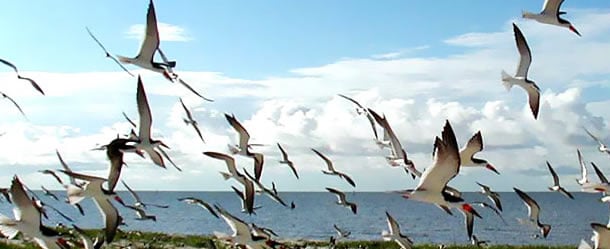This report identifies best practices based on innovations and lessons learned from the years since SWAPs were developed. The best practices may be used voluntarily by state fish and wildlife agencies that aspire to improve conservation work and create greater consistency across SWAPs, thereby making them more relevant to partners and large landscape-level efforts.

